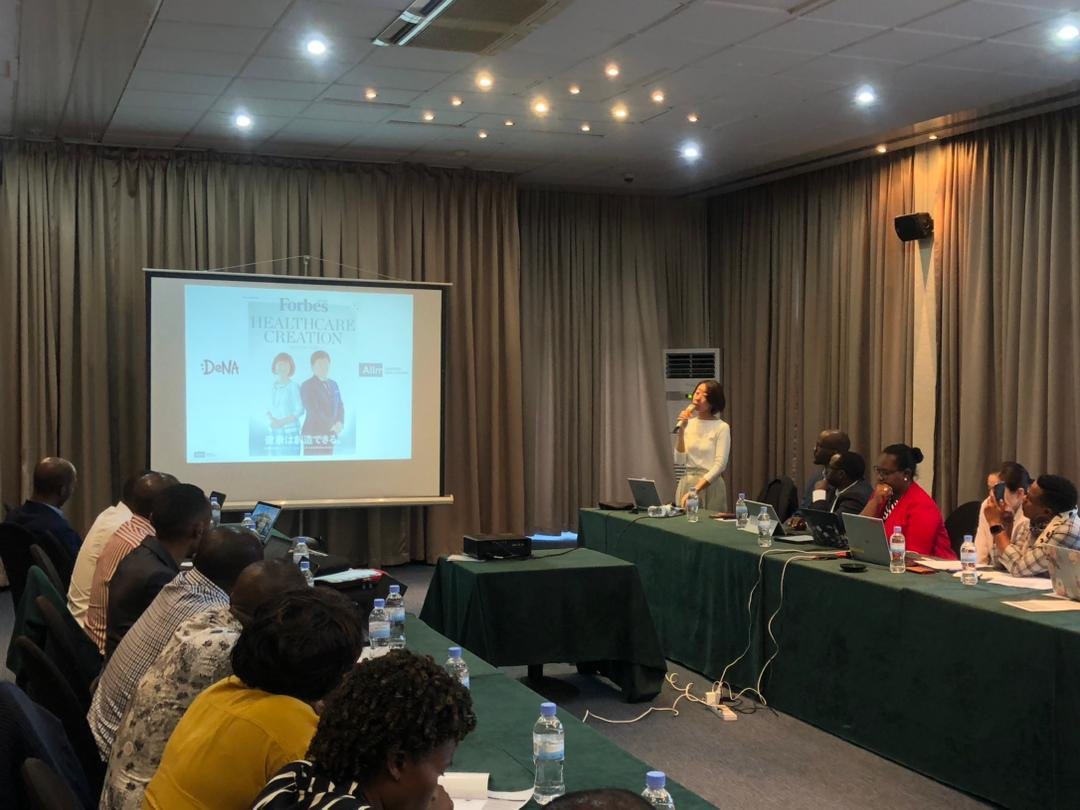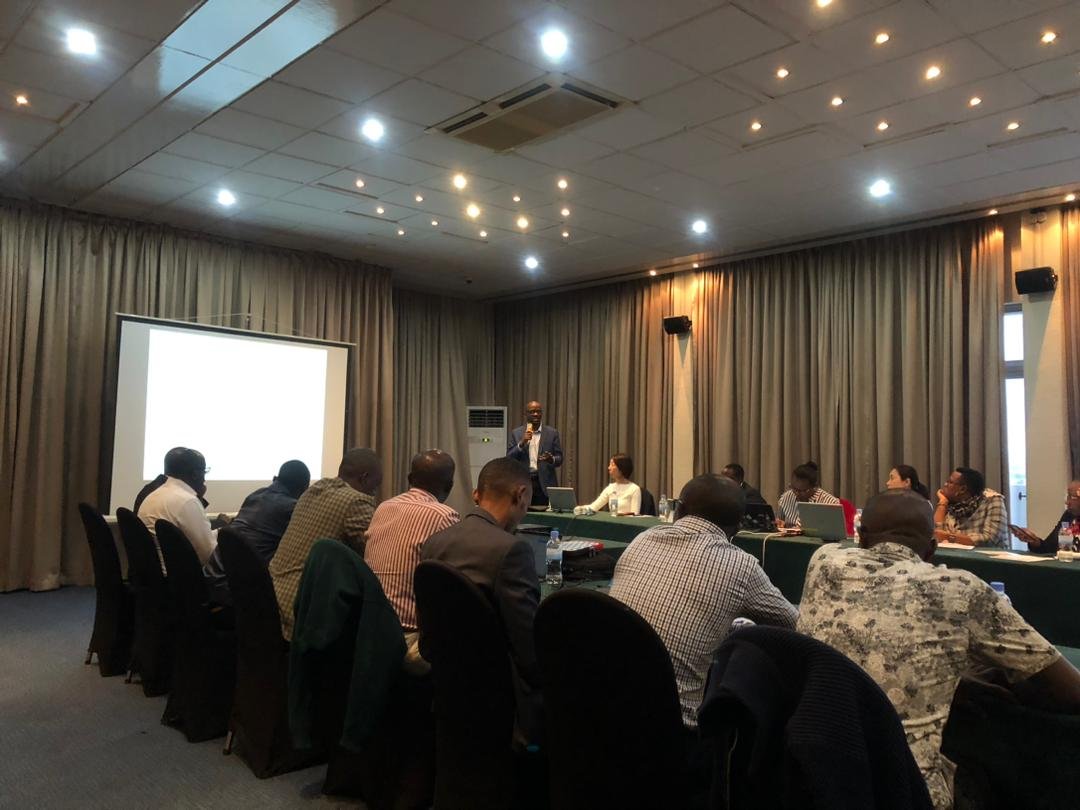Contribute to solving the problems caused by insufficient and uneven distribution of medical resources and to improve the quality of medical care in Rwanda
Background
A misdiagnosis occurs when a patient's diagnosis is completely missed, inappropriately delayed, and/or erroneous, with frequent overlap of these phenomena, as judged by the eventual appreciation of definitive information. Diagnostic medical imaging is one of the main services contributing to accurate diagnosis of a high proportion of diseases. Developing countries face a severe shortage of facilities and skilled health professionals, thereby increasing the workload of available personnel and in turn the likelihood of diagnostic errors.
The striking inequity in access to medical imaging services across the World is demonstrated by differences in facility/population and radiologist/population ratios. For example, while developed countries possess as high as 16.62 magnetic resonance imaging (MRI) units and 69.43 computed tomography (CT) scan units per 1,000,000 population, respectively, the ratios are quite lower in developing countries. For instance, anecdotal data show that for Rwanda, the ratio is 0.3 and 0.5 MRI and CT scan units per 1,000,000 population, respectively. Moreover, while the acceptable rate of radiologists per population is 9.0 – 11.0 per 100,000 population, this rate is reported to be 5.0 – 31 per 100,000 population in the Western World and quite very low in developing countries. In Rwanda, anecdotal data show that such a rate is approximately 0.09/100,000 population.
While stakeholders in the healthcare system in Rwanda are working on increasing the number of radiologists and radiology facilities, it is also important to leverage existing capacities to improve the accuracy of diagnoses. In this perspective, optimizing the access of patients to radiological diagnoses as well as improving inter- and intra-institutional communication between clinicians and radiologists through a user-friendly efficient technology system, merit to be designed and implemented.
To this end, Join software (JOIN, Allm Inc., Tokyo, Japan), so far used in various aspects of medical technologies [4-7], was adapted to be used in a pilot study to allow easy and confidential communication between radiologists at the University Teaching Hospital of Kigali (CHUK) and clinicians working at CHUK (intra-institutional communication) and those working in other healthcare facilities including district hospitals (inter-institutional consultations). Such a fast and efficient communication system should reduce the financial and time-consuming burdens of referrals while ensuring accurate diagnoses for the patients.
Join app is the hub for healthcare professionals and providers which will change the face of medical care by taking full advantage of smartphones and cloud computing. It simplifies communication and collaboration between clinicians and healthcare providers through its secure and compliant patient information-sharing technology. Moreover, Join enables medical professionals to view high-resolution X-ray, and CT/MRI images using a DICOM viewer from any location, eliminating the need for them to switch between locations and facilitating the delivery of care more quickly without compromising quality. Users can see and exchange EHR data, different diagnostic pictures, laboratory data, and prescriptions by using Join, which interfaces seamlessly with internal IT systems like PACS and EMR. Join App is also certified as a software medical device by PMDA (Japan), FDA (United States), CE (European Economic Area), ANVISA (Brazil), PPB (Kenya) and Saudi FDA (Saudi Arabia).
Objectives
Through a tripartite Minutes of Meetings[MM] signed between Japan International Cooperation (JICA) and Rwanda Biomedical Center (RBC) and Allm Inc on June 27th 2022,to implement a telemedicine in radiology between 5 hospitals in Rwanda
The Core objective was to contribute to solving the problems caused by insufficient and uneven distribution of medical resources and to improve the quality of medical care in Rwanda.
Results
During the 3 months study, 1,232 cases were uploaded to “Join” for diagnosis consultation, a total of 744 cases were consulted between hospitals, highlighting the significance of inter-hospital collaboration in addressing complex medical cases. Orthopedic cases emerged as the predominant category, followed by respiratory and neurological conditions.
An average turnaround time was 1.55 hrs across all imaging modalities and health facilities involved in the study, showed tremendous contribution in reducing patient turnaround time compared to the average turnaround time of 57hr for X-ray and 46hrs for CT Scan at CHUK, a1-10 days for the district to tertiary hospitals.

